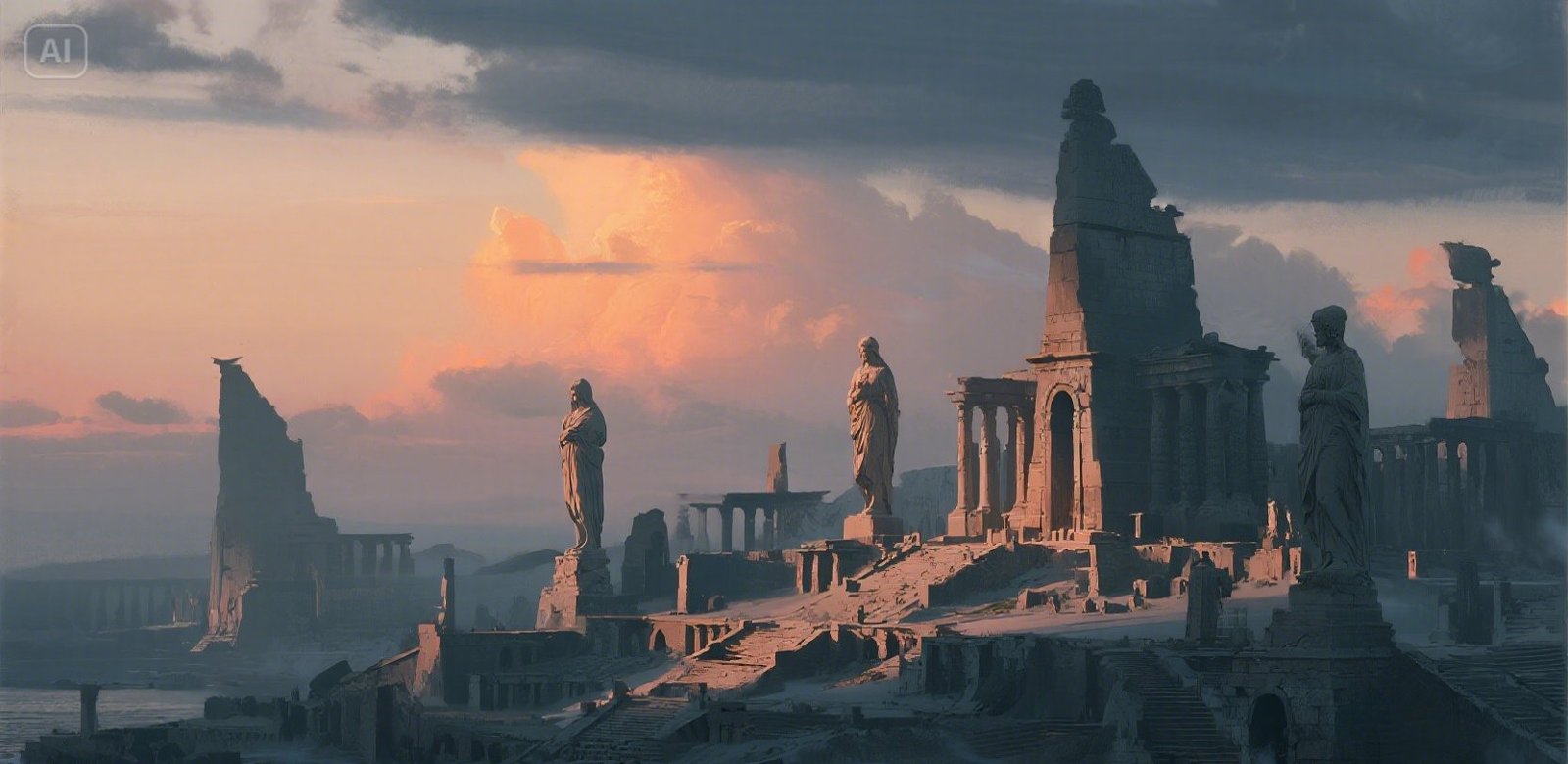
The Fall of Tyre: Prophecy Fulfilled in Layers of History
In the book of Ezekiel, chapter 26, the Lord speaks through the prophet and declares judgment on the ancient city of Tyre, a wealthy Phoenician port that stood proud in its power and commerce.
“I am against you, O Tyre, and I will bring many nations against you, as the sea brings up its waves.”
— Ezekiel 26:3 (NKJV)
What follows is one of the most strikingly detailed and historically verified prophecies in the entire Bible.
The Prophecy (Ezekiel 26)
Ezekiel prophesied that:
- Nebuchadnezzar would attack Tyre (v. 7).
- The city’s walls and towers would be broken down (v. 4).
- Many nations would come against her (v. 3).
- The debris would be cast into the sea (v. 12).
- Tyre would be made like the top of a rock, a place to spread fishing nets (v. 5).
- She would be utterly destroyed and never rebuilt (v. 14).
At the time, these claims must have seemed impossible. Tyre was a powerhouse—well-fortified, thriving, and partially located on an island half a mile off the coast.
Phase 1: Nebuchadnezzar’s Siege (586–573 BC)
About a year after Ezekiel’s prophecy, King Nebuchadnezzar of Babylon laid siege to the mainland portion of Tyre. The siege lasted 13 years and eventually led to the destruction of the mainland city, just as foretold.
However, the island city remained untouched, still prosperous, and confident in its defenses. This partial fulfillment left skeptics wondering—was Ezekiel wrong?
Phase 2: Alexander the Great (332 BC)
More than 250 years later, the second wave of prophecy was fulfilled in a breathtaking way. When Alexander the Great sought to conquer Tyre and the island refused to surrender, he ordered a feat of engineering that stunned the ancient world.
Using rubble and stones from the destroyed mainland, his forces built a causeway into the sea—literally fulfilling Ezekiel’s words:
“They will break down your walls and destroy your pleasant houses; they will lay your stones, your timber, and your soil in the midst of the water.”
— Ezekiel 26:12 (NKJV)
Alexander conquered the island, devastated it, and fulfilled the remaining parts of the prophecy. To this day, fishermen use the barren rock to spread their nets, just as the prophet described.
Historical and Archaeological Confirmation
Secular historians, including those from ancient Greece and modern archaeology, confirm the events:
- The 13-year siege by Nebuchadnezzar is documented in Babylonian records.
- The causeway built by Alexander is visible today and has shifted the coastline.
- Tyre’s decline as a major power and its failure to ever fully recover match the Bible’s prediction: “You shall never be rebuilt, for I the Lord have spoken.” — Ezekiel 26:14
Why This Matters Today
The fall of Tyre is more than ancient history—it’s a chilling reminder of how precise and layered God’s Word is. Prophecies may unfold in parts over time, but they never return void.
In a world quick to dismiss Scripture, Tyre stands as a prophetic case study: what God says, He fulfills, down to the last stone.
🔹 Are there prophecies today that seem impossible or delayed?
🔹 Have we, like ancient Tyre, trusted in worldly strength over God’s warnings?
Let Tyre remind us: God’s Word is alive and accurate—every time.



